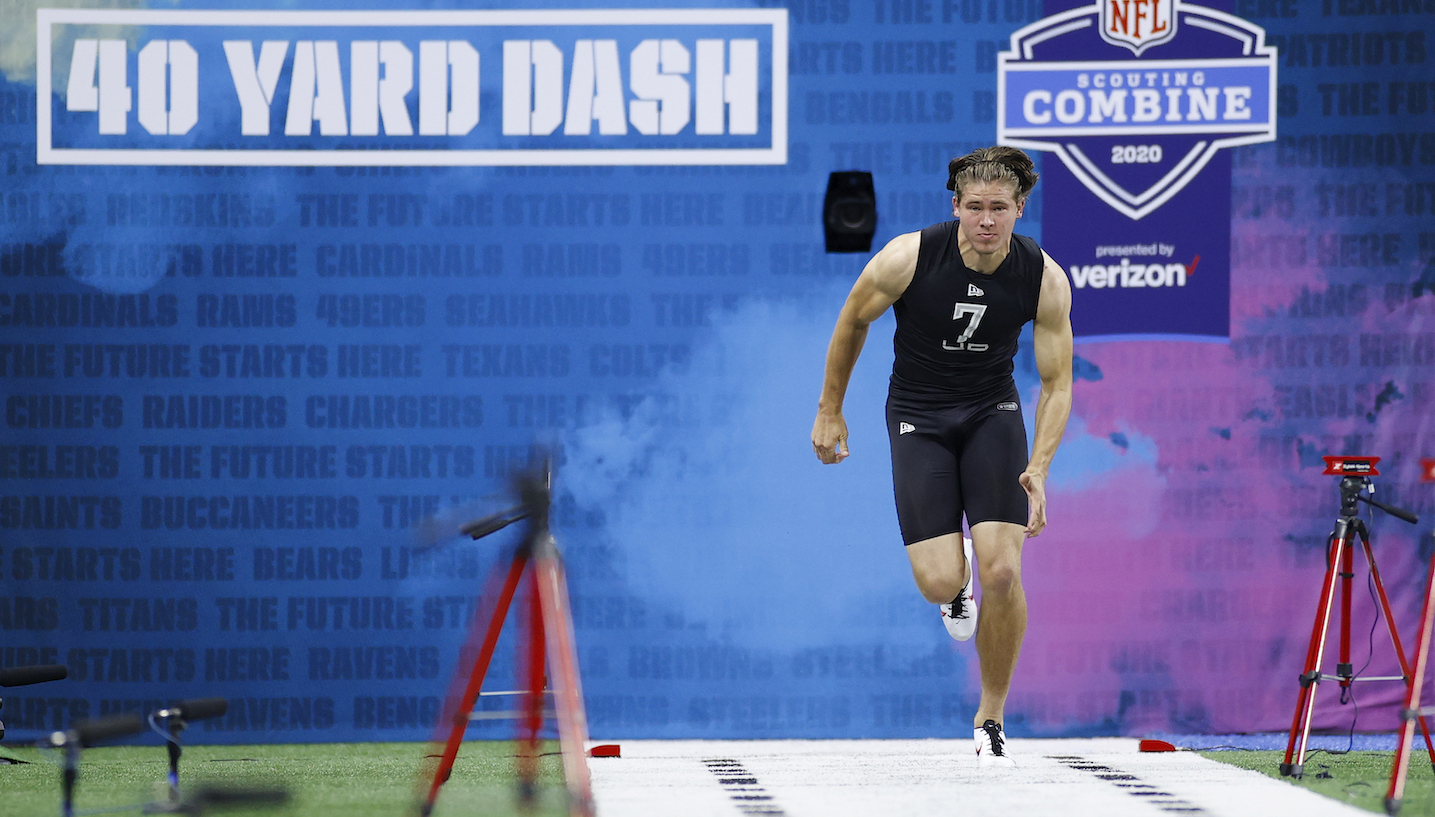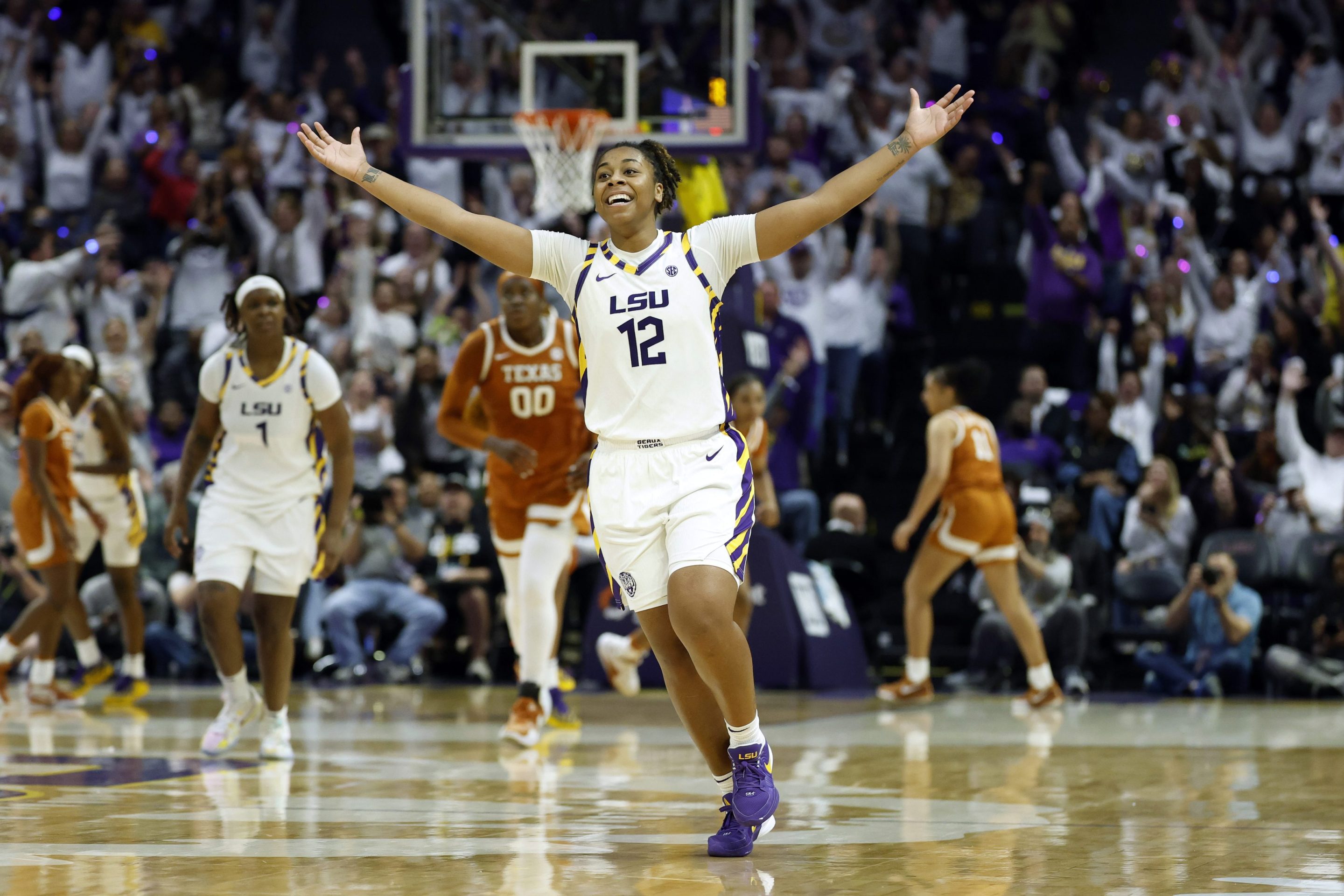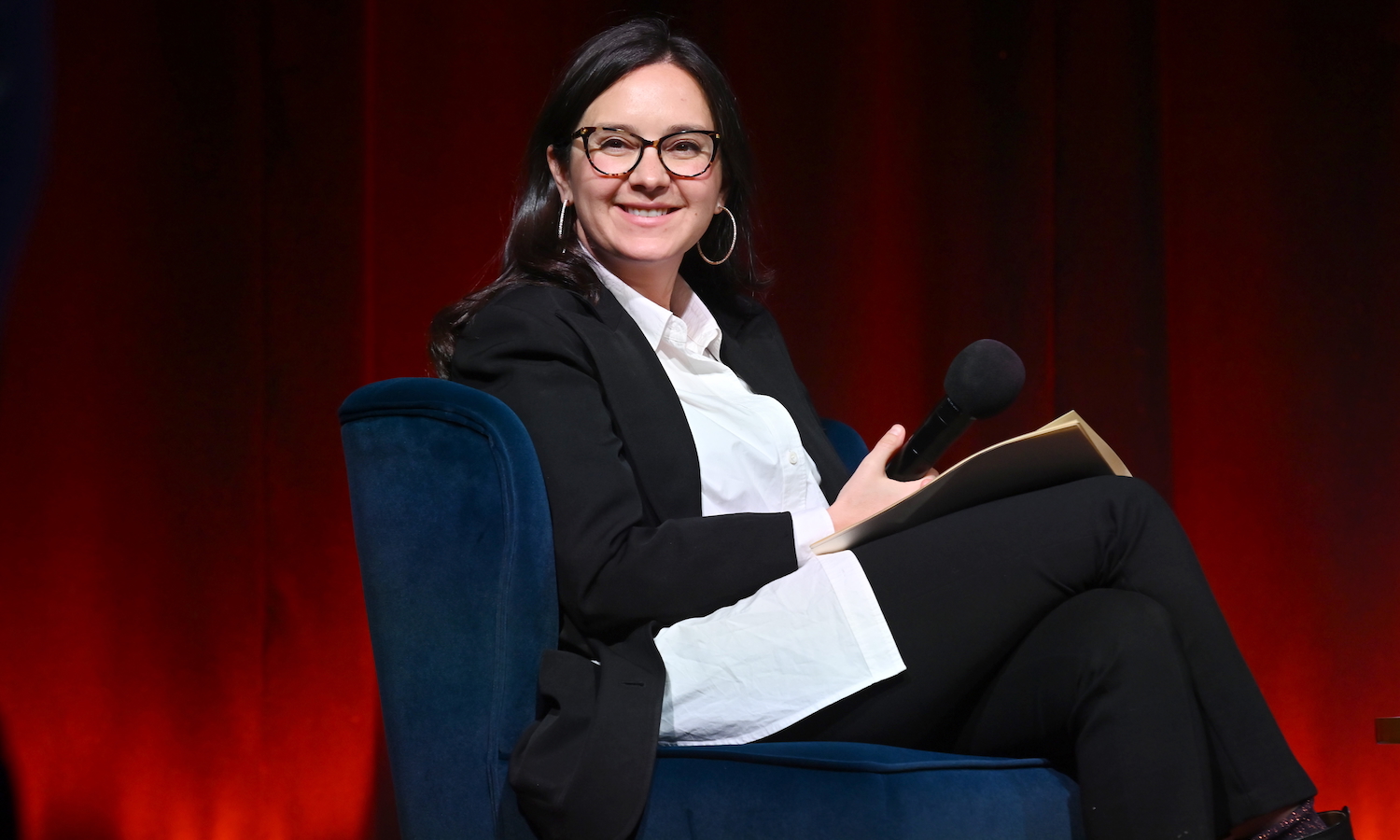The NFL scouting combine has never really made much sense, at least not for the players going through it. A four-day, high-stress gauntlet that starts with medical testing, then interviews with coaches and scouting staffs, then measurements and outdated skills tests that are hardly related to the act of playing football (hello, bench press), and then finally, the workout that players have spent the last two months training for. The 2022 version of the combine, which was going to look very different until an agent-led uprising quashed the changes, threatened to be even worse.
"The combine has always been terrible," said one source who's been through the process many times. "It’s never been a fun experience for the players. The one from two years ago was terrible. They don’t have the combine [in 2021] and everything is fine, they bring it back and they made a bad situation worse."
2020's combine changed the schedule to move the on-field workouts to the evening for primetime television, which made for even longer days for the prospects, but that was child's play compared to what was planned for this one. Last week, just two weeks before players reported to Indianapolis, the scouting combine sent out a memo that laid down a new set of rules that created a bubble for the prospects. Prospects could not leave the "secure combine areas" and were limited to inviting just one support person—personal trainers, massage therapists, chiropractors, throwing coaches etc.—inside the bubble to train or treat them, and only in "specific locations." This was different than any previous combine because this is the first COVID-era combine. (There wasn't one last year, and the 2020 edition took place right before lockdown.)
According to that first source, who has direct knowledge of the organizing, a group of NFL agents from 14 different agencies, including CAA, Sportstars, Klutch Sports, Rep 1 Sports, and Athletes First, representing over 160 combine prospects, decided to draft a letter threatening to keep their players out of the combine's on-field workouts if the bubble stayed intact. The source says the group of agents decided not to send the letter to the NFL or to National Football Scouting, the group that actually runs the combine, because they knew the threat itself was strong enough without it needing to be made public. "You will have primetime TV with literally no one on the field," the source said.
A second source with direct knowledge of the agents' discussions says that the letter did get leaked to the NFL and NFS (and the gist of it was promptly leaked to the media), and that the same group of agents drafted a second letter on Monday, this one intended for Troy Vincent, the league's EVP of football operations. The second source said the agents did not send the second letter either, choosing to wait one more day to try to work it out with the powers that be.
On Monday night just before 6 p.m., an email from Audrey Schafer, events and program manager for NFS, landed in agents' inboxes. It said players could now leave the secure areas at their own risk.
"Crisis averted," texted the second source as he forwarded along the message to me. The bubble had burst.
A typical player at the combine uses some combination of a trainer or coach, a massage therapist, and a nutritionist during the week, and meets regularly with their agent. Players with injuries might need more medical staff, like physical therapists or chiropractors. Big training companies will travel to Indianapolis with 10–12 staff members to work with their prospects and will usually rent out a full suite within the convention center so it's easy for their players to swing by whenever they get a break. Players have very little downtime in their combine schedule, so their trainers are on-call, waiting for a text to run over to the convention center to squeeze in treatment, work on 40 starts, or lead a dynamic stretch during a 20-minute break. "If a kid comes in on Monday, and he runs on Thursday, you can’t just expect him to sit in his room and do interviews and medicals and then go out there and run on Thursday," said NFL agent Peter Schaffer. "The risk of a hamstring injury is high."
The combine provides meals for all 324 prospects, but they aren't personally tailored and most guys are on highly specific eight- or 10-week meal plans that have them eating six small meals per day. In years past, trainers warmed up meals and delivered them to their prospects as they waited to catch a bus or while a player had five minutes in between interviews.
In a bubble, keeping players fresh for their workouts was going to be much harder, not to mention the clumsy plan that left unbubbled the coaches and personnel staff that the players would be meeting with. The same general manager meeting with a prospect will have been at the packed Prime 47 steakhouse every night talking free agency. Agents and teams have hated the combine setup for years, because it's more about the television product than the actual player evaluation, but the bubble concept was the straw that broke the camel's back and the thing that got so many agents to move past their in-fighting in service of battling something that affects them all.
A few hours before the bubble burst Monday evening, I asked Wasserman agent CJ LaBoy if he'd be advising his players not to work out because of the limitations. "Why would I put my players in a disadvantageous position?" he replied in a text. "The current NFL combine is not advantageous for draft hopefuls and doesn’t offer the same apples to apples comparison as prior draft classes. My job is to advise my players on what’s best for their individual draft process. The player ultimately gets to decide if they want to participate or not, but there’s a strong growing sentiment that many will not participate under the proposed format."
Agents have always preferred their clients to work out at their college pro days, it's a more familiar environment and the 40 times tend to be faster at pro day workouts because of friendly hand timers, rather than the laser timers at the combine. So the top prospects, and prospects who attend major programs, didn't have much to lose with this proposed boycott of the combine's on-field workouts.
While it's possible that some number of players would have worked out anyway against the advice of their agents, the idea of a mass boycott was enough to get the league and NFS to budge quickly. "You have a scenario where guys aren’t working out on the field, that’s not good for anyone," the first source with combine experience told me. "It's a real-life thing. That's the power these players have."
This bubble issue has exposed the flaws in the combine, and for many agents, it was a welcome crack in the door, an opportunity to make lasting changes to an inefficient combine format. Perhaps most importantly, it's proven what many have long known to be true: Prospects don't need the combine as much as the NFL needs it, and them.






